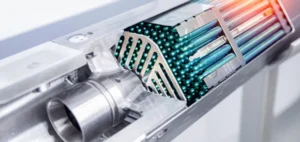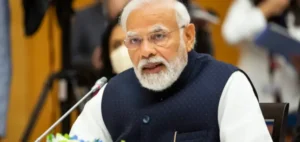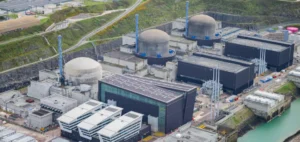Standard Uranium Ltd. (TSXV: STND) collaborates with Fleet Space Technologies to introduce multiphysics surveys at the Davidson River project, located in the southwest Athabasca Basin, Canada. This partnership marks the application of techniques combining ambient noise tomography (ANT) and gravimetry to refine drilling strategies and improve subsurface structural characterization.
Survey methodology
Fleet Space Technologies integrates its ExoSphere solution, which uses portable seismic sensors and low-Earth orbit (LEO) satellite connectivity. This approach collects real-time 3D data with imaging depths reaching up to 5 kilometers. The data is used to develop a 3D density model, facilitating the identification of lithological variations and alteration signatures.
Objectives and perspectives
The surveys aim to characterize uranium-bearing structures across the identified corridors and improve the understanding of basement conductors. The results will help prioritize drilling targets for the 2025 campaign. Previous work in 2022 already highlighted promising structural zones, including graphitic areas and oxidized alterations.
Regional context
The Athabasca Basin is renowned for its high-grade uranium deposits, among the richest in the world. The Davidson River project is part of a regional exploration strategy to maximize discoveries through an integrated technological approach.






















